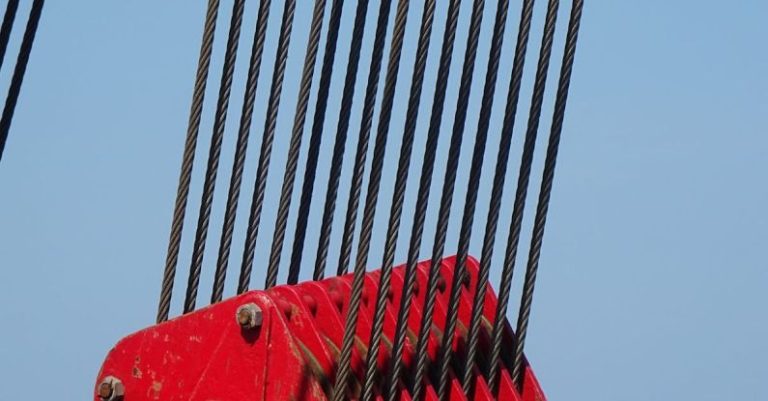How Composite Technology Is Influencing Skyscraper Design
The evolution of skyscraper design has been greatly influenced by advancements in composite technology. As architects and engineers continue to push the boundaries of what is possible in construction, composite materials have emerged as a game-changer in the world of high-rise buildings. From enhancing structural integrity to enabling innovative design elements, composite technology is revolutionizing the way skyscrapers are conceived and built.
The Rise of Composite Technology in Skyscraper Design
Composite materials, such as carbon fiber, fiberglass, and reinforced concrete, offer a unique set of properties that make them ideal for use in skyscraper construction. These materials are known for their high strength-to-weight ratio, durability, and flexibility, allowing architects to design taller, lighter, and more sustainable buildings. By incorporating composite technology into their projects, designers can achieve greater structural efficiency, reduce construction costs, and create structures that are both aesthetically pleasing and environmentally friendly.
Enhancing Structural Integrity
One of the key benefits of using composite materials in skyscraper design is their ability to enhance structural integrity. Traditional building materials, such as steel and concrete, have limitations in terms of strength and flexibility. In contrast, composites offer superior performance in withstanding heavy loads, extreme weather conditions, and seismic events. By using composites in critical structural components, such as beams, columns, and facades, architects can create buildings that are not only safer but also more resilient to external forces.
Improving Sustainability
In addition to their structural benefits, composite materials contribute to the overall sustainability of skyscraper design. By using lightweight composites, architects can reduce the amount of material needed for construction, resulting in lower energy consumption and carbon emissions. Furthermore, composites are durable and long-lasting, requiring less maintenance and replacement over the lifespan of a building. This increased durability translates to lower life-cycle costs and a reduced environmental impact, making composite technology an attractive choice for environmentally conscious designers.
Innovative Design Possibilities
Composite technology has opened up a world of possibilities for innovative skyscraper design. The flexibility and versatility of composite materials allow architects to create unique shapes, curves, and textures that were previously unattainable with traditional building materials. From sculptural facades to cantilevered structures, composites enable designers to push the boundaries of creativity and imagination. By embracing composite technology, architects can design skyscrapers that not only stand out in the skyline but also redefine the way we perceive urban architecture.
Case Studies: Iconic Skyscrapers Using Composite Technology
Several iconic skyscrapers around the world have incorporated composite materials into their design, showcasing the potential of this technology in high-rise construction. One such example is the CCTV Headquarters in Beijing, China, designed by Rem Koolhaas and Ole Scheeren. The building’s striking form is made possible by a steel exoskeleton wrapped in a composite curtain wall, creating a dynamic and visually stunning facade.
Another noteworthy project is the Torre Agbar in Barcelona, Spain, designed by Jean Nouvel. This 38-story tower features a composite facade made of over 4,500 individual pieces, giving the building its distinctive shape and color-changing effect. The innovative use of composites in the Torre Agbar demonstrates how technology can be seamlessly integrated into architectural design to create a truly unique and iconic landmark.
The Future of Skyscraper Design with Composite Technology
As composite technology continues to evolve and improve, the future of skyscraper design looks brighter than ever. Architects and engineers are increasingly exploring the possibilities of composites in creating sustainable, resilient, and visually striking buildings. From megastructures to mixed-use developments, composite materials are set to play a crucial role in shaping the skyline of cities around the world.
In Conclusion
Composite technology is revolutionizing the way skyscrapers are designed and built, offering architects and engineers a new set of tools to push the boundaries of what is possible in construction. By enhancing structural integrity, improving sustainability, and enabling innovative design possibilities, composites are reshaping the urban landscape and creating a new era of high-rise architecture. As we look to the future, it is clear that composite technology will continue to influence skyscraper design, inspiring new and exciting developments in the world of architecture.






